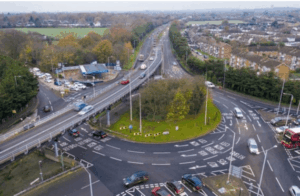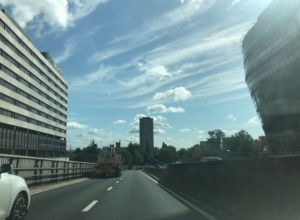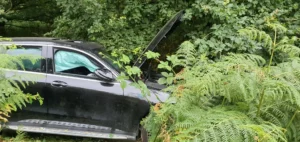Transport for London has announced it has now converted more than 50% of lighting in bus shelters across London to LED lighting to reduce waste, energy consumption and associated carbon emissions.
Across London, there are around 12,100 bus shelters that have relied on traditional lighting to keep them illuminated. However, advancements in technology have meant that TfL has been able to roll out greener, more environmentally friendly LED lighting.
Before and after testing by TfL showed that the new lighting uses around 57 per cent less energy, but provide 10% brighter lighting, making the shelters both more welcoming and improving safety for customers, especially at night.
TfL expects to have converted all lighting in bus shelters, including those used in advertising panels, to LED lighting by the end of March 2024. Once complete, this will mean that TfL will have reduced associated carbon emissions by more than 1,000 tonnes CO2e annually.
In addition to bus shelters, TfL says it is working across its entire network to upgrade lighting to LEDs to help further reduce costs while improving customer benefits and minimising its long-term impact on the environment. At least a quarter of all Tube stations across London have been converted to only use LED lighting, with more planned for conversion in the coming months and years. Customer lighting at tram stops served by London Trams have been converted to LED lighting, and work is also taking place to upgrade lighting at bus stations across London, as well as at a number of Tube depots, and the London Trams depot in Croydon. Around 50 per cent of all lamp columns on the TfL Road Network are also now LED lights, with work underway to convert more of these lamps as soon as possible..
“Reducing carbon is a critical part of our work to reduce the impact of public transport on climate change – not only does LED lighting provide a brighter, more welcoming environment at our bus stops and stations, it helps us reduce maintenance costs, and helps make London a greener and more sustainable city for us all,” said Lilli Matson, Chief Safety, Health and Environment Officer at TfL. “The conversion to LEDs is one of many measures we’re taking across our transport network and buildings to help further decarbonise public transport. London leads the way towards achieving net zero and we are committed to doing what we can to ensure our services are the most sustainable way to move around the city.”
(Picture – TfL)






















